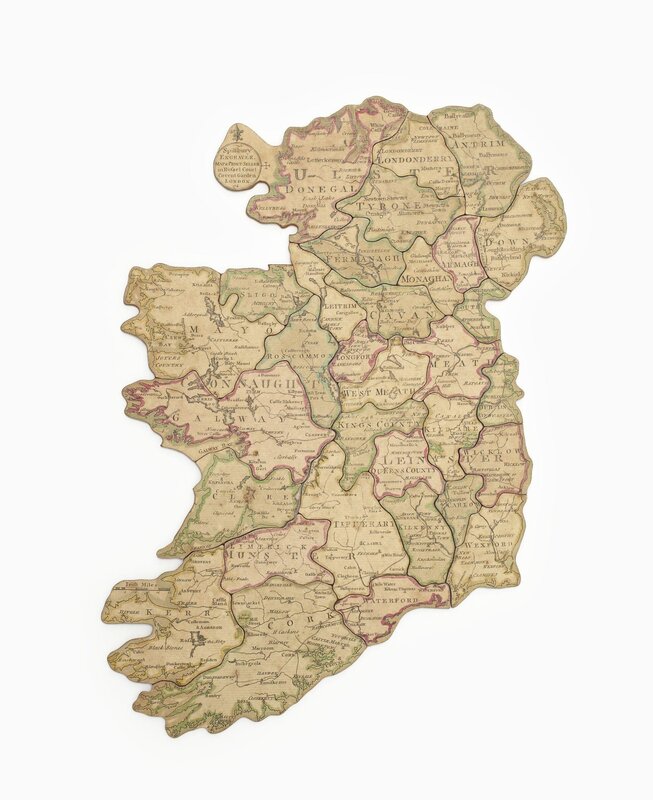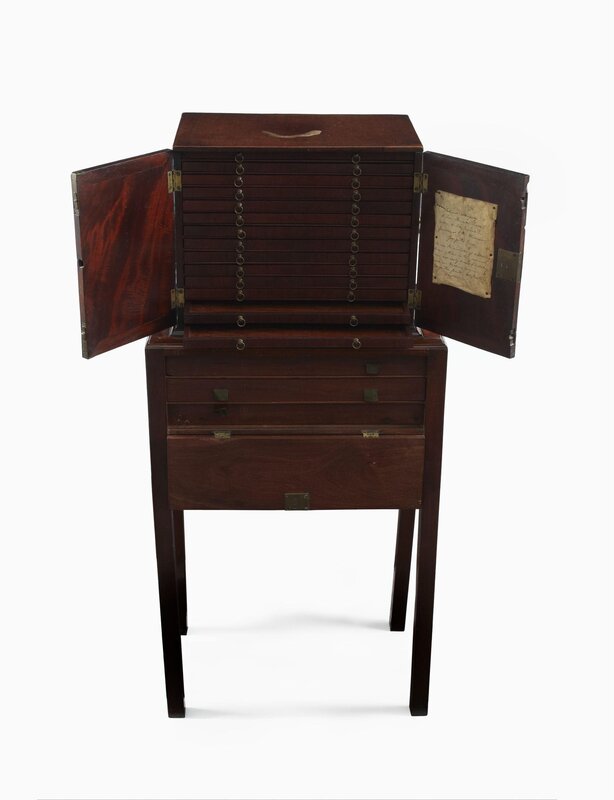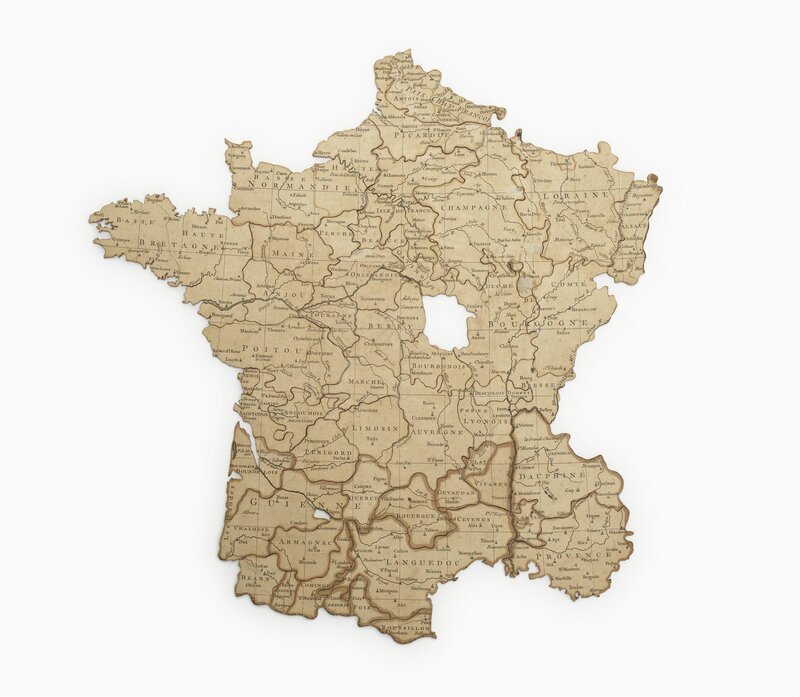Introduction
Have you ever wondered where the jigsaw puzzle came from? If your answer was yes, you are in the minority. The invention of jigsaw puzzles is something shrouded in mystery, which is likely why no one thinks about it. The invention of this popular pastime has elitist origins, stemming from a desire to educate children about geography in eighteenth century England. There were suggestions that making education fun would help with childrens' willingness to learn, and dissected maps were an early attempt at doing just that. This attempt was successful and led to the eventual creation of the jigsaw puzzle as we know it today.
The jigsaw puzzle's invention is, like many things, rooted in English elitism. They were used in the past to educate the English youth in geography, since colonialism was prominent in the eighteenth century. Education at that time was extremely elitist, as the only children with access to this education were wealthy. Poor children in eighteenth century England were not given the same opportunities as other children, thus limiting their access to new educational tools. Even though puzzles as we know them today are accessible to the masses and are no longer primarily educational, there is no denying that their origins lie in elitism.
The story starts with this puzzle cabinet, pictured to the left. It belonged to Lady Charlotte Finch (1725-1813), the royal governess for the fifteen children of George III. Within this cabinet were many dissected maps, a type of early jigsaw puzzle. After Lady Charlotte Finch's death in 1813, the cabinet was passed down and now includes a note, crediting Lady Charlotte Finch as the inventor of the jigsaw puzzle. This note is believed to have been written by a relative of Lady Charlotte Finch. This note in the cabinet led many people to believe that she was the true inventor, although there is no proof that she had anything to do with the invention of the jigsaw puzzle other than this note. In fact, most if not all of the puzzles in her cabinet were not made by her, further confirming that the invention of the jigsaw puzzle was not her doing. Knowing this, some questions arise:
Who did invent the jigsaw puzzle?
How did jigsaw puzzles - as we know them today- come to be?
Explore the exhibit to discover the answers to these questions!
Curatorial Statement
When creating this exhibit, I initially struggled to find the angle that I wanted to approach this topic from. When one thinks of jigsaw puzzles, one doesn't typically consider their origins, let alone their elitist origins. Preliminary research that I did showed this very interesting side of the invention of jigsaw puzzles that I hadn't considered before, and I decided to pursue this project through a critical lens, examining the effects that colonialism and elitism had on the jigsaw puzzle. I think that since the timeline of jigsaw puzzles is not entirely clear, it wasn't necessary to approach this story chronologically. Instead, I want to invite the viewer to click wherever seems the most interesting to them. Throughout the exhibit, there are many dissected maps, like the one on the right. I think they are interesting to view as one goes through the exhibit because it grounds the viewer in the true origins of the jigsaw puzzle, rather than comparing it to the modern day version. With this in mind, I think that the exhibit should be explored however the viewer sees fit in order to understand a history that is not often thought about: the history of the jigsaw puzzle.


